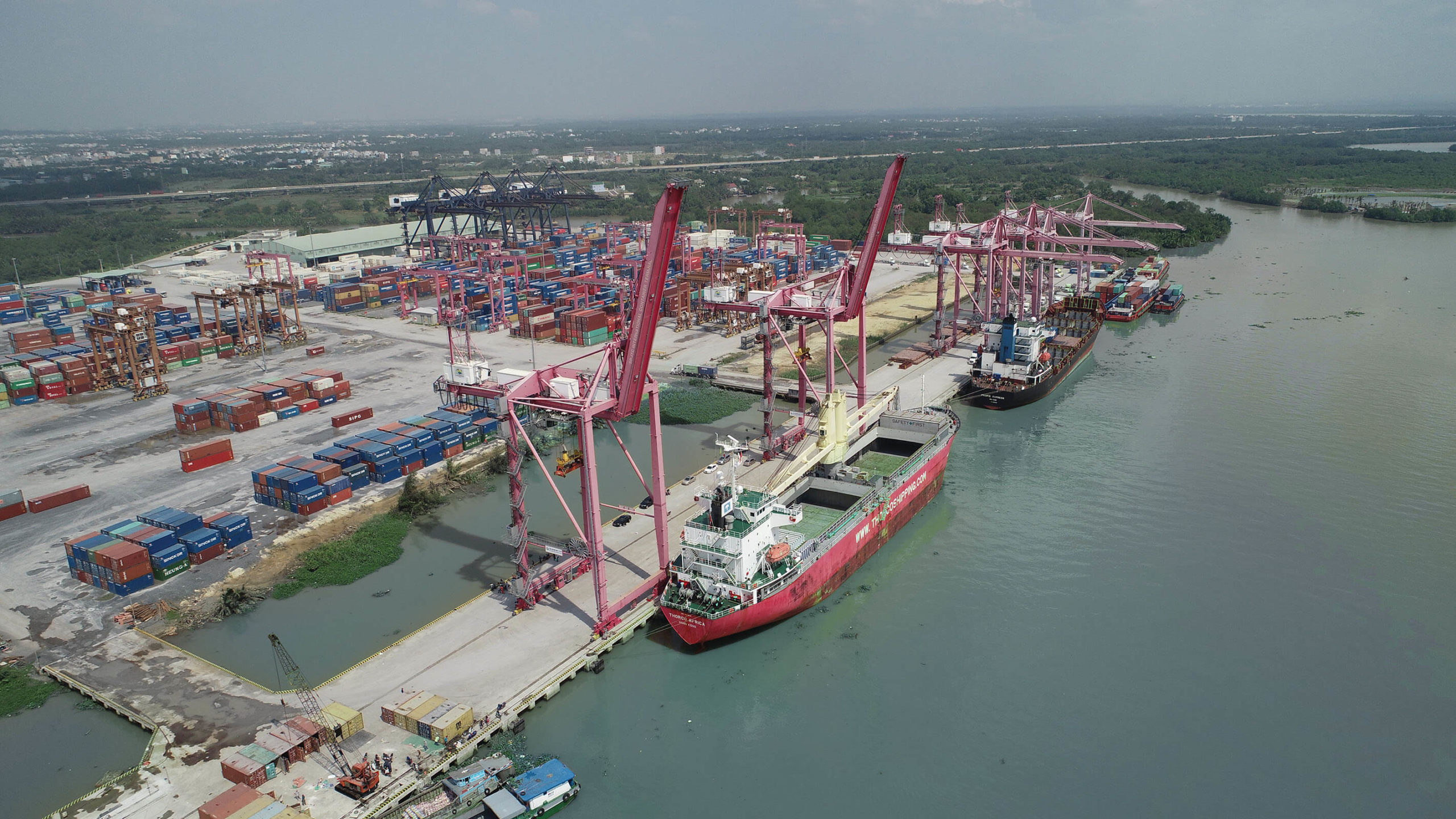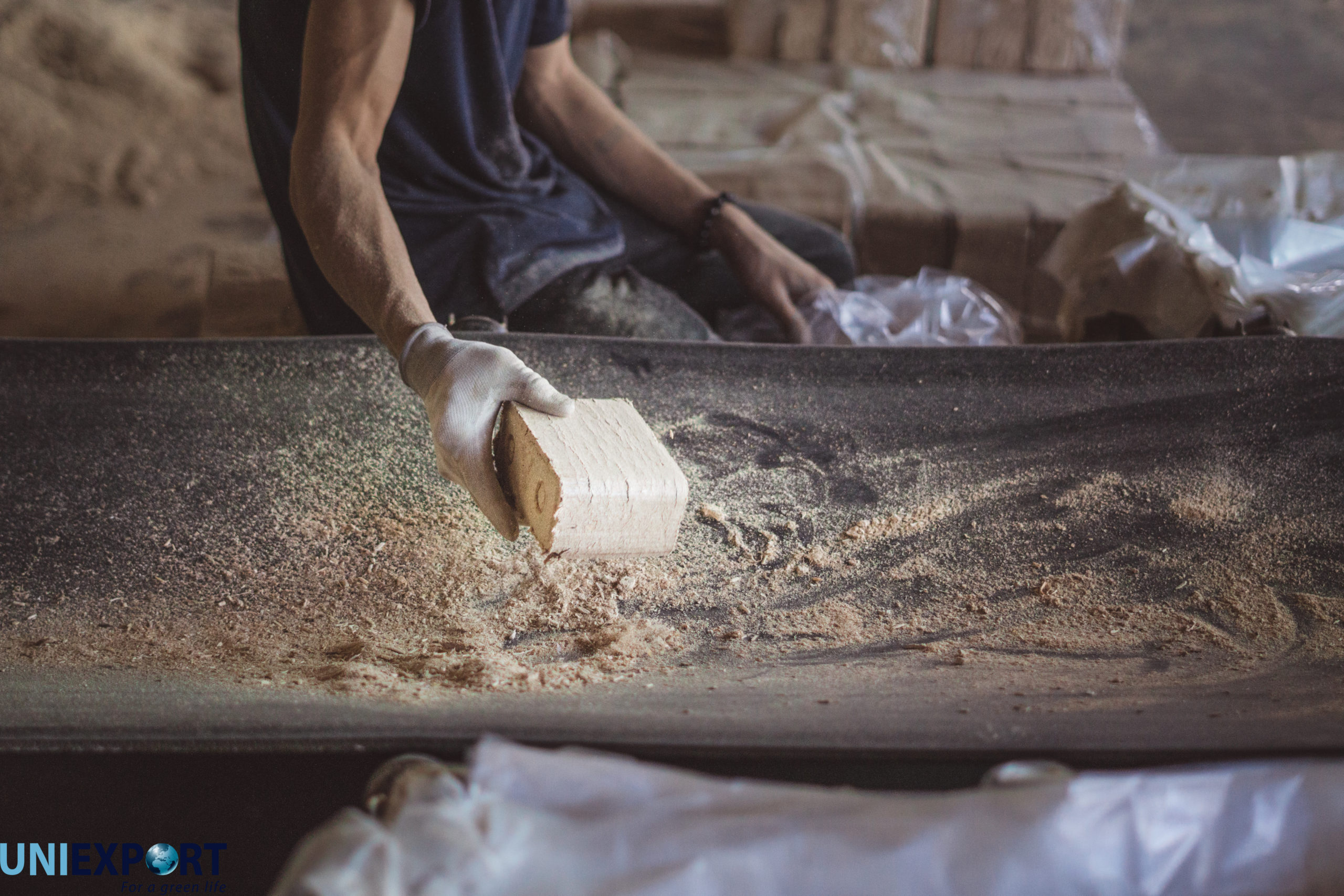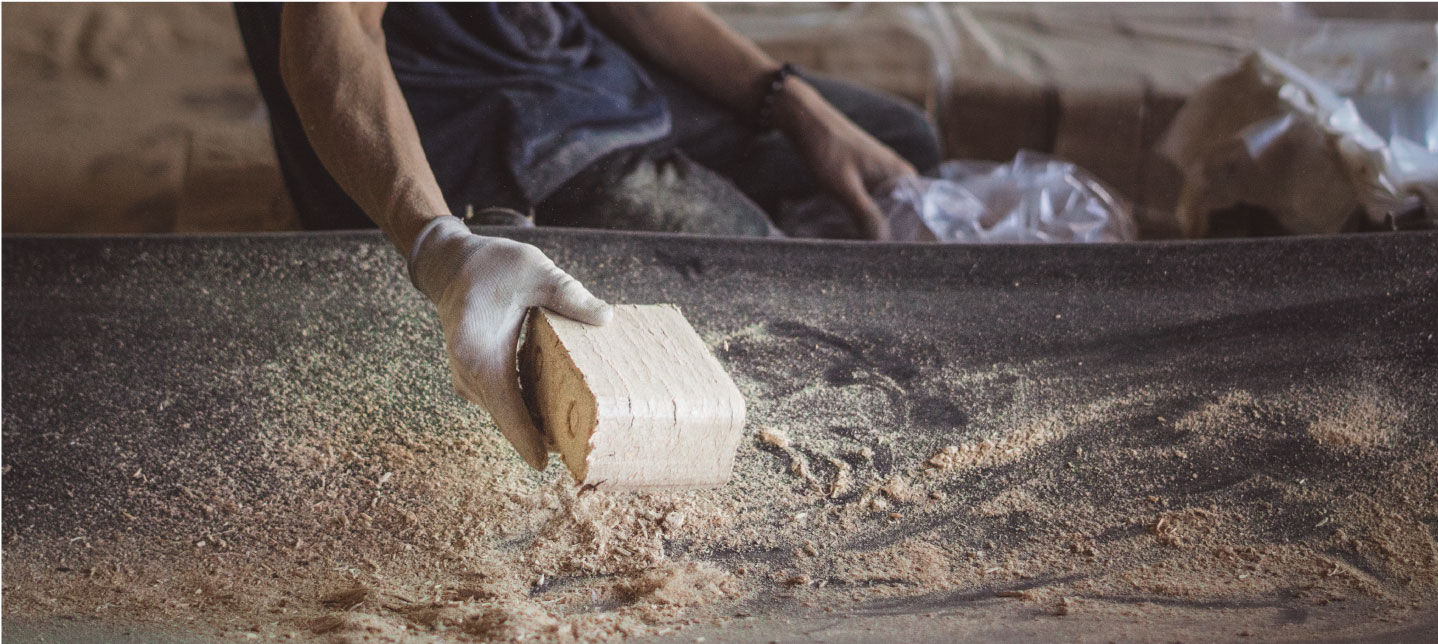- 2005 inauguration
- 15+ years’ experience
- 7 production plants
- 24 warehouses
Our Story
As a leading supplier of biomass and wood products in Vietnam, we at Uniexport have a passion for creating renewable energy and environmentally friendly products. In our pursuit of a greener planet, we are committed to sustainable development and aim to minimise the release of greenhouse gasses and the use of chemicals.
With seven production plants supplying more than 800,000 tons of biomass energy, 200,000 tons of wood sawdust, wood shavings and wood powder, and more than 18,000 cubic metres of plywood annually, we're able to meet the increasing demand for green materials and energy for many large-scale thermal power plants, industrial boilers, agriculture farms as well as for construction needs and household supplies.
We source raw material from legal and certified sources while ensuring safe and healthy working environments for all.









